الوصف
Standard: EN 22592, ASTM D92, AASHTO T48, BS 2000-403, ISO 2592
Product Description
The apparatus is applicable for determining measurement of flash points and burning points of petroleum products (the Cleveland open cup method) except petroleum products with flash points and burning points lower than 79°C.
Features of Cleveland Flash and Burning Point Tester
- Real-time temperature heating rate display for easy monitoring.
- User friendly control and simplified functions.
- Low accuracy error and adjustable.
- Comply with standards provided.
Standard: EN 22592, ASTM D92, AASHTO T48, IP 36/67, UNE 7075, NFT60-118, ISO 2592
-
EN 22592 (European Standard)
This standard outlines temperatures at which liquids, like petroleum products, give off flammable vapors and sustain combustion. It offers clear instructions on how to perform the test and understand the outcomes, making sure that European labs get reliable and precise results when assessing these liquids for safety.
-
ASTM D92 (American Society and Testing of Materials)
ASTM D92 is a widely recognized standard test method for determining the flash and fire points of petroleum products using a Cleveland Flash and Burning Point Tester. It outlines the procedures for conducting the test, including sample preparation, heating, and observation, to ensure reliable and consistent results.
-
AASHTO T48 (American Association of State Highway and Transportation Officials)
This standard is similar to ASTM D92, utilize for determining the flash and fire points of asphalt materials and other petroleum products. The procedures for both AASHTO T48 and ASTM D92 are similar, but may have slight differences tailed to the needs of the transportation industry.
-
IP 36/67 (Institute of Petroleum)
The Institute of Petroleum developed this test method in order to determine the flash points of petroleum products using a Cleveland Flash and Burning Point Tester. It establishes guidelines for conducting the test in accordance with industry standards and practices.
-
UNE 7075 (Spanish Standard)
UNE 7075 is a Spanish standard that specifies the method for determining the flash point of petroleum products using a Cleveland Flash and Burning Point Tester. It outlines the procedures and equipment requirements for conducting the test, ensuring consistency and accuracy in flash point measurements.
-
NFT60-118 (French Standard)
NFT60-118 is a French standard that shows the use of the Cleveland Flash and Burning Tester to indicate the flash and fire points of petroleum products. It gives a step-by-step instructions on preparing samples, heating them, and observing the results. By following the standard, testers ensures that their measurements are reliable and match the practices commonly used in France.
-
ISO 2592 (International Organization for Standardization)
IS0 2592 is an international standard, offers a uniform method for assessing the flash and fire points of petroleum products with the Cleveland open cup apparatus. By providing a standardize procedure, it ensures the results can be reliable compared between laboratories and countries, maintaining consistency and facilitating global compatibility.
Test Procedure
- Equipment Preparation: Follow the manufacturer’s instructions regarding the set up of the Cleveland Flash and Burning Point Tester. Make sure that the test apparatus is clean and free from any contaminants.
- Preparation Sample: Prepare the petroleum product sample according to the specifications outlined in ASTM D92 or related standards. The sample should be representative and free from any impurities or contaminants.
- Sample Placement: Place the sample into the open cup of the tester, ensuring that the cup is clean and dry. Position the cup securely within the apparatus.
- Heating: Increase the temperature of the sample gradually using the heating mechanism of the tester. Monitor the temperature closely to ensure uniform heating.
- Observation of Flash Point: As the temperature increases, closely monitor the sample for the formation of vapors above its surface. The flash point is reached when these vapors ignite briefly upon contact with a flame or ignition source.
- Recording: Record the temperature at which the flash point occurs. This temperature represents the point at which the sample becomes potentially flammable.
- Observation of Fire Point: Continue heating the sample past the flash point temperature. Observe the sample for sustained ignition of vapors for at least 5 seconds after the initial ignition.
- Recording: Record the temperature at which sustained ignition occurs. This temperature represents the fire point of the sample.
- Analysis: Analyze the test results and compare them to regulatory standards or specifications. Assess the safety implications of the sample’s flash and fire points for handling and storage.
- Cleanup: Clean the apparatus thoroughly after testing to remove any residue and prepare it for future use.
Technical Specifications:
| Model Number | NL 2039 X / 003 |
| Ignition | Automatic Scanning |
| Maximum Heating Power | 800 W |
| Temperature Control | 0 W – 800 W adjustable (PWM control) |
| Dimension (mm) | 265 (L) x 340 (W) x 330 (H) |
| Approx. Weight | 6 kg |
| Power | 220~240 V, 3.7 A, 1 Ph, 50 / 60 Hz |
Unit Consists Of:
| Model Number | Product Description | QTY |
| NL 2039 X / 003 – P 001 | Thermocouple Sensor (K Type) | 1no. |
| NL 2039 X / 003 – P 002 | Brass Cup With Handle | 1no. |
| NL 2039 X / 003 – P 003 | Flame Gas Device Unit c/w Gas Hose | 1unit. |
Optional Accessories:
| Model Number | Accessories Description |
| NL 2039 X / 002 – A 001 | Flame Gas Regulator |
Product Video


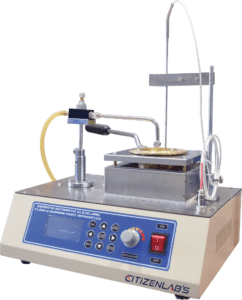
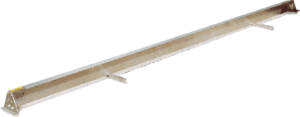
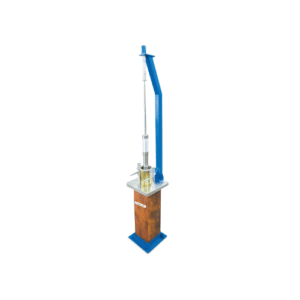
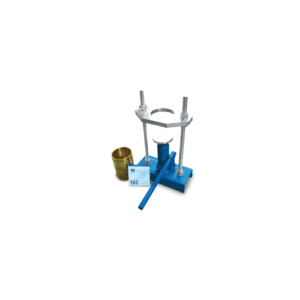
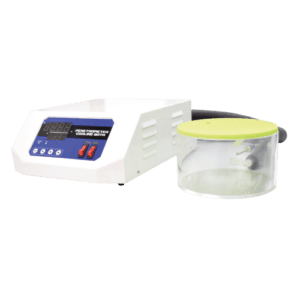
المراجعات
لا توجد مراجعات بعد.